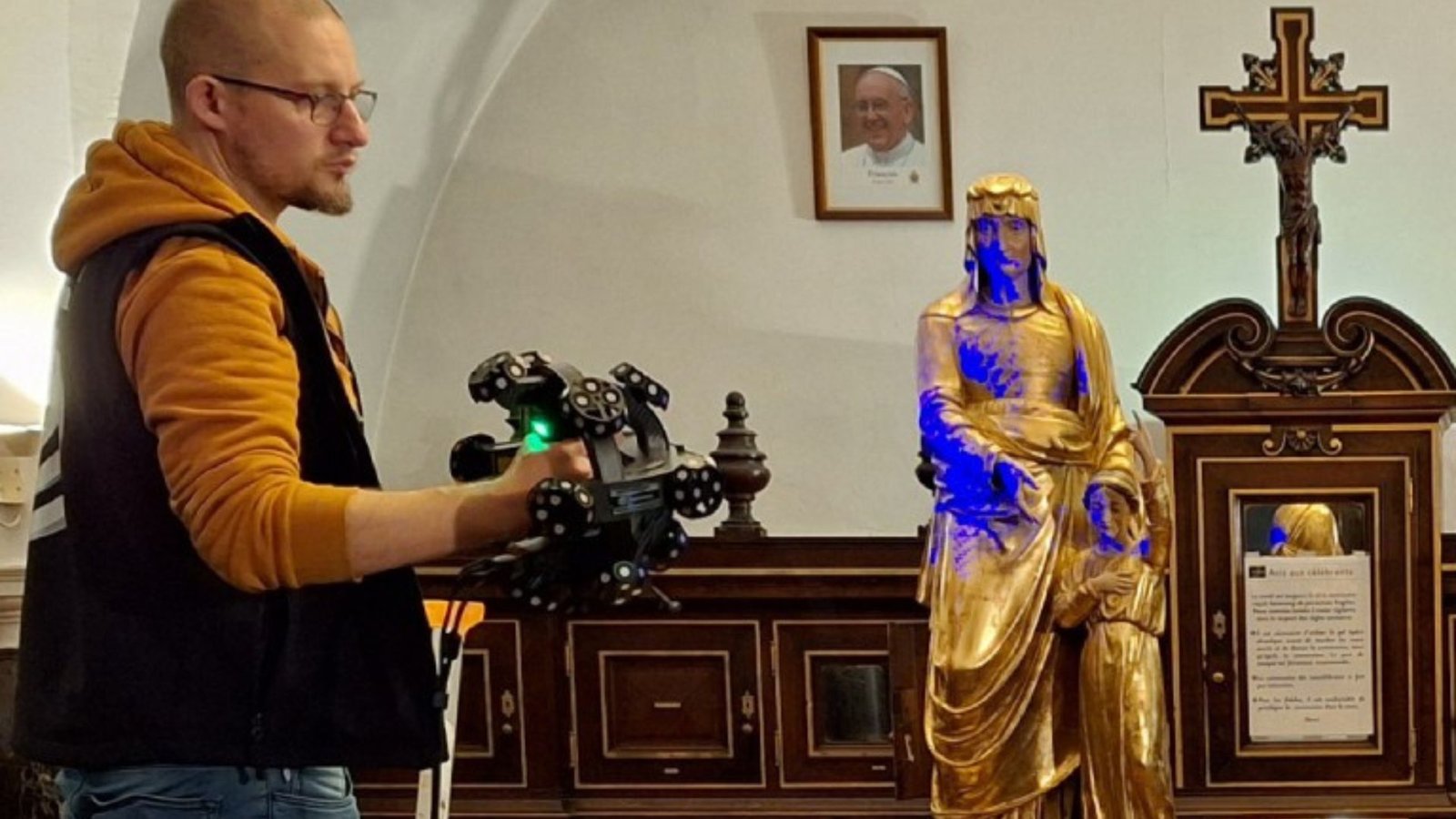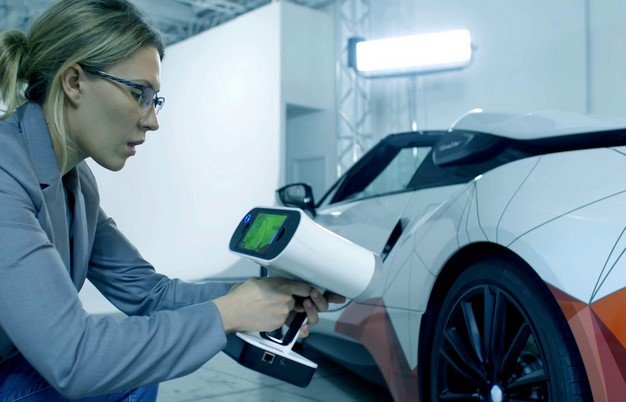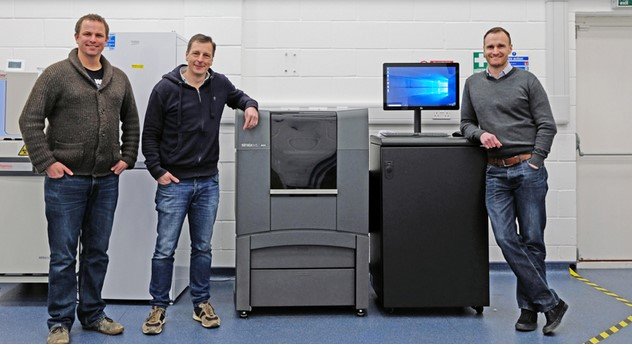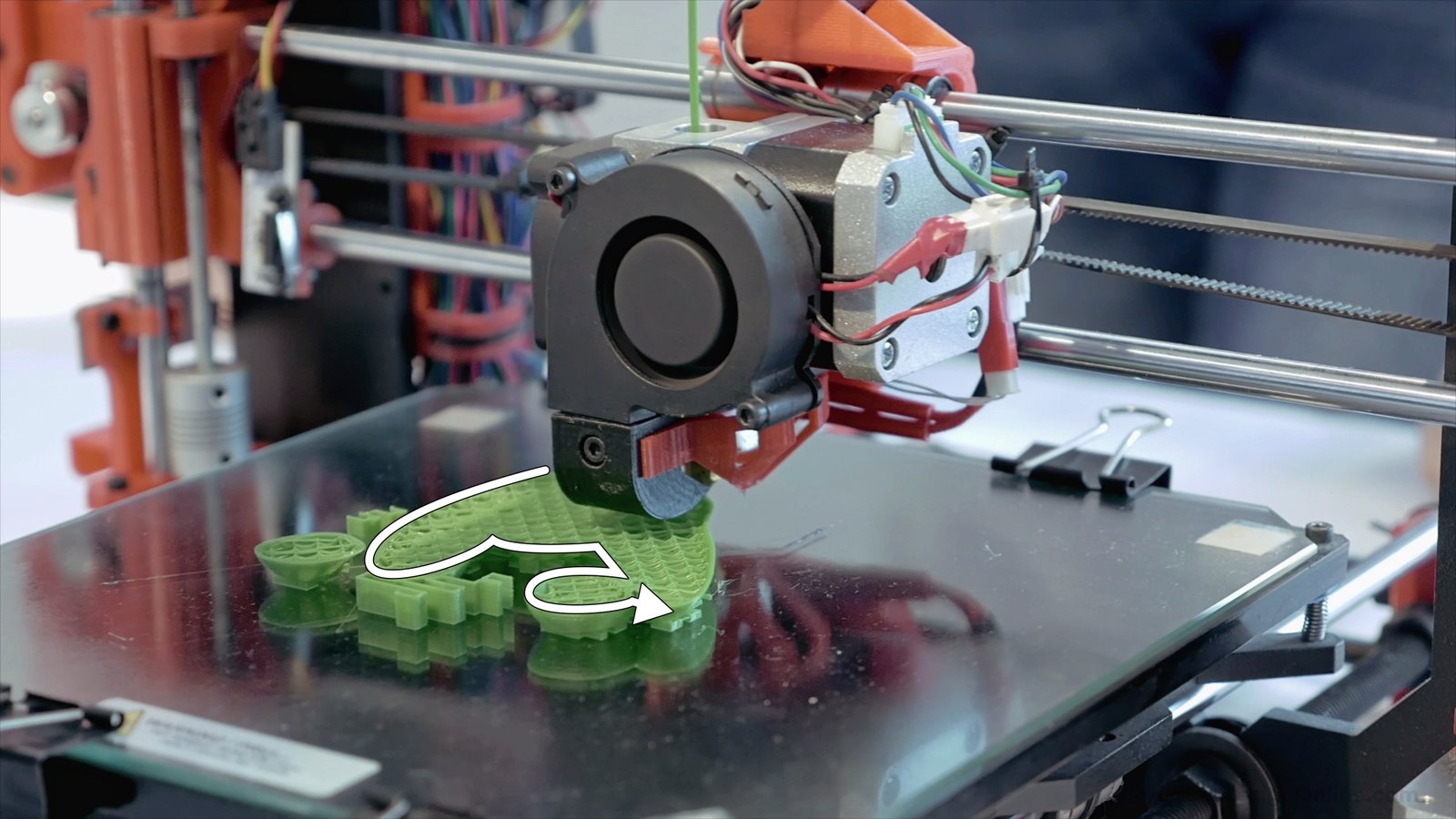The preservation of cultural heritage, historical sites, and architecture has always been an important yet challenging task. As natural disasters, aging, vandalism, and environmental conditions threaten these treasures, finding ways to preserve them for future generations is crucial. Traditional methods of preservation often involve physical interventions, but with advancements in technology, 3D scanning has become a groundbreaking tool in the field. By capturing precise, digital replicas of objects, structures, or landscapes, 3D scanning offers new possibilities for
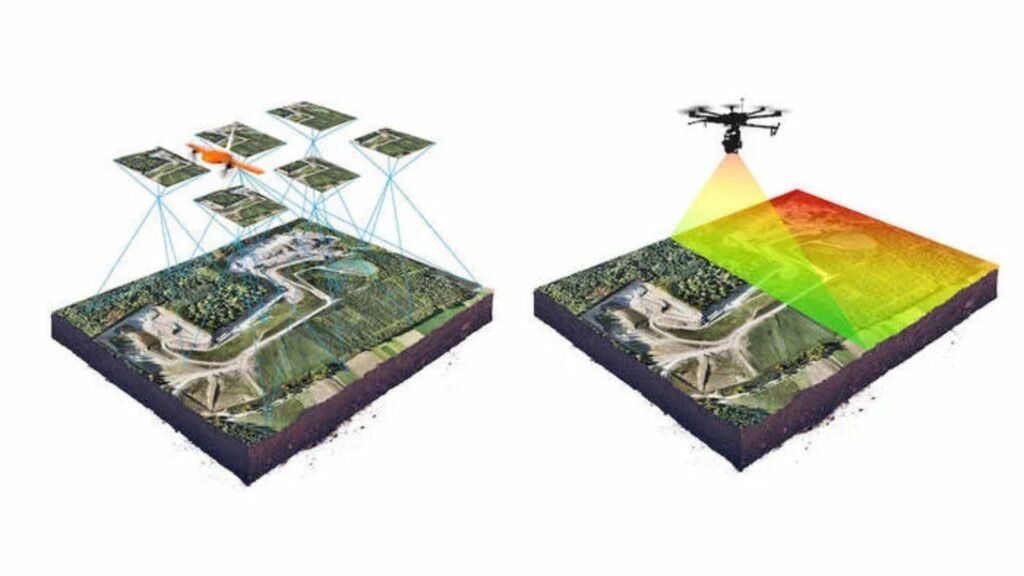
preservation, documentation, and restoration. In this article, we will explore how 3D scanning is changing the landscape of preservation and its transformative impact on safeguarding history.
Accurate Documentation and Digitization
One of the primary benefits of 3D scanning is its ability to create highly accurate digital replicas of objects, buildings, and entire sites. Unlike traditional methods of measurement and documentation, 3D scanning captures minute details with precision, creating a digital archive that can be accessed and analyzed in the future.
Benefits:
- Preserving Details: 3D scanners capture every intricate detail of an object or structure, from textures and engravings to unique features that may be too delicate for traditional photography or measurement.
- Digital Archive: The digital 3D models can be stored, shared, and accessed over time, allowing future generations to study and learn from them. In case of damage or destruction, the digital version remains a valuable reference.
- Non-Invasive Process: Unlike traditional methods that might involve physical contact or modifications to the structure, 3D scanning is a non-invasive process. This ensures that fragile objects and sites are not physically altered or harmed during the documentation process.
By providing an accurate and lasting digital record, 3D scanning enables the protection of cultural and historical assets for both present and future generations.
Restoration and Reconstruction
When historical structures, sculptures, or artifacts suffer from wear and tear, natural disasters, or neglect, restoration efforts become essential. Traditional restoration methods rely heavily on human interpretation and manual work, which may not always replicate the original perfectly. 3D scanning, however, provides an invaluable tool for ensuring the accuracy and precision of restoration efforts.
Benefits:
- Precise Restoration: By using 3D scans, conservators and restoration experts can analyze the original structure or object in minute detail and recreate lost or damaged parts with exact accuracy.
- Material Analysis: 3D scanning can help identify areas where materials have decayed or deteriorated. This analysis helps experts select the best materials for restoration and ensures that the authenticity of the original is maintained.
- Virtual Reconstruction: In cases where physical restoration is not feasible or too costly, digital models can serve as virtual reconstructions, preserving the original appearance for digital viewing or educational purposes.
3D scanning allows for more accurate, efficient, and reversible restoration techniques, preserving the integrity of the object or structure.
Preventing Further Damage
3D scanning provides a means of monitoring the condition of historical objects and sites over time. By scanning these items periodically, it’s possible to detect any structural shifts, degradation, or environmental impact that might not be immediately visible to the human eye.
Benefits:
- Early Detection: By comparing new scans with previous ones, conservators can detect changes in the condition of the object, such as cracks, deformations, or discoloration. Early detection allows for prompt intervention before serious damage occurs.
- Minimizing Handling: Physical contact with delicate objects or buildings can accelerate their deterioration. By relying on 3D scanning for documentation, experts can minimize handling and thus prevent unnecessary wear.
- Environmental Monitoring: 3D scanning can be paired with other technologies, such as environmental sensors, to track environmental conditions like temperature, humidity, or air quality. This data helps preserve the object by controlling external factors that may contribute to deterioration.
By regularly scanning and monitoring the condition of historical sites and artifacts, 3D scanning helps prevent irreversible damage, ensuring long-term preservation.
Conclusion
3D scanning is revolutionizing how we preserve, restore, and engage with cultural heritage. By creating precise, digital replicas, this technology allows for the accurate documentation, restoration, and monitoring of objects and sites, helping to safeguard them for future generations. It also enhances accessibility, research, and public engagement by making historical items available to a global audience. As technology advances, the role of 3D scanning in preservation will only grow, offering new and innovative ways to protect our cultural history.

